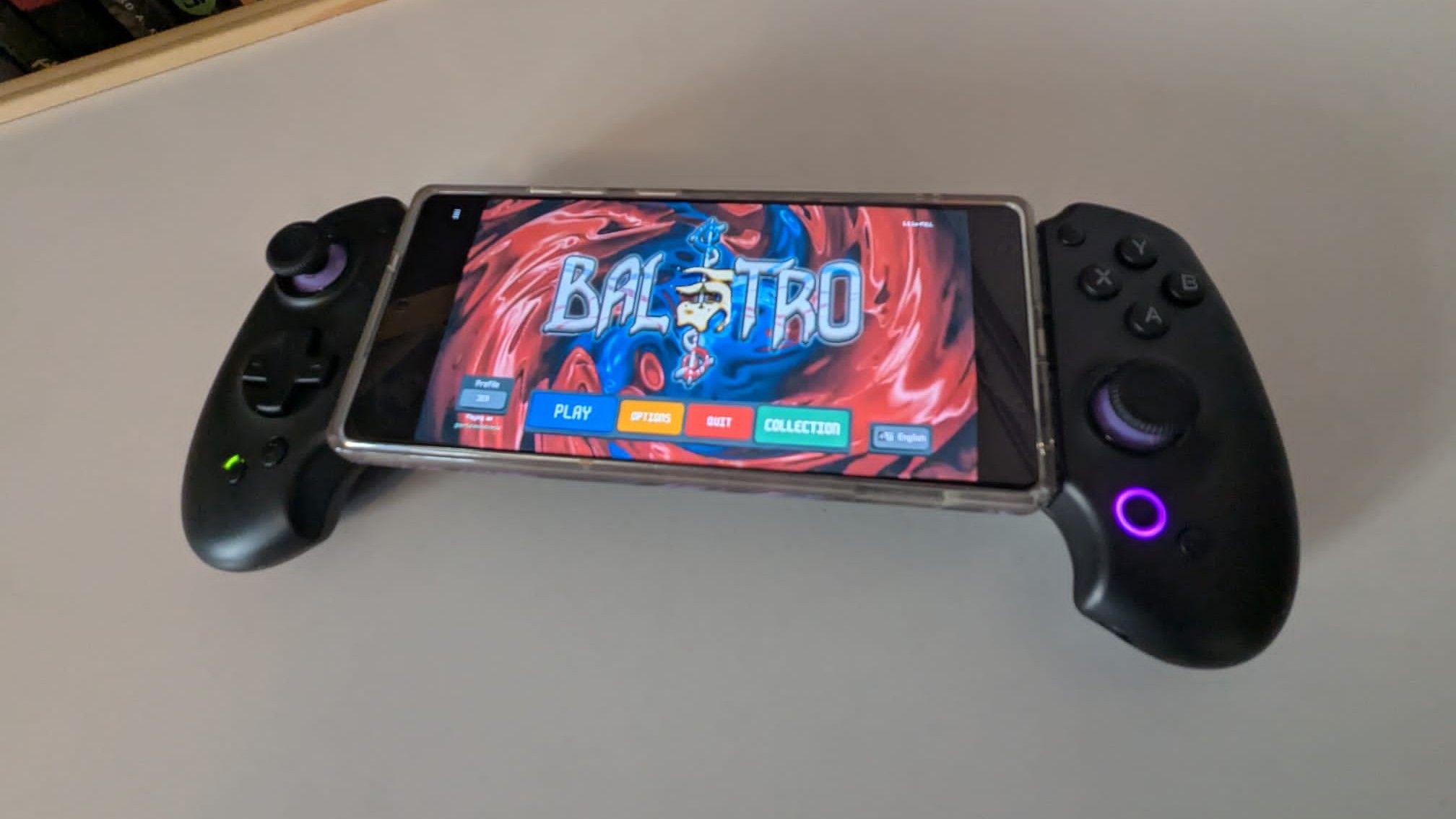Review: Digging deep into Cobalt for Xbox and PC
I'm a fan of explorative platformers, I'm a fan of side scrolling shooters, but mining the fun from Cobalt was a struggle.
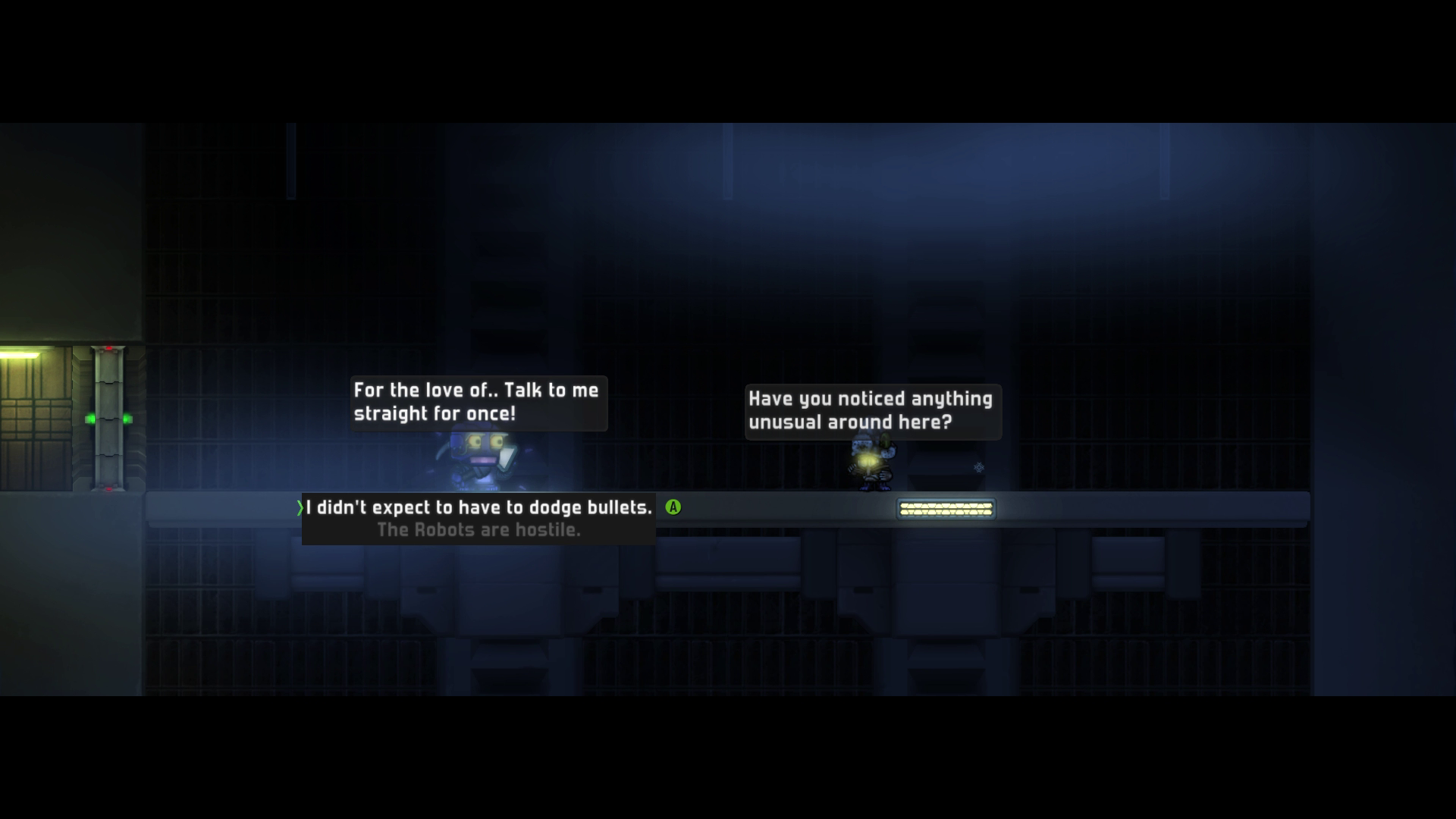
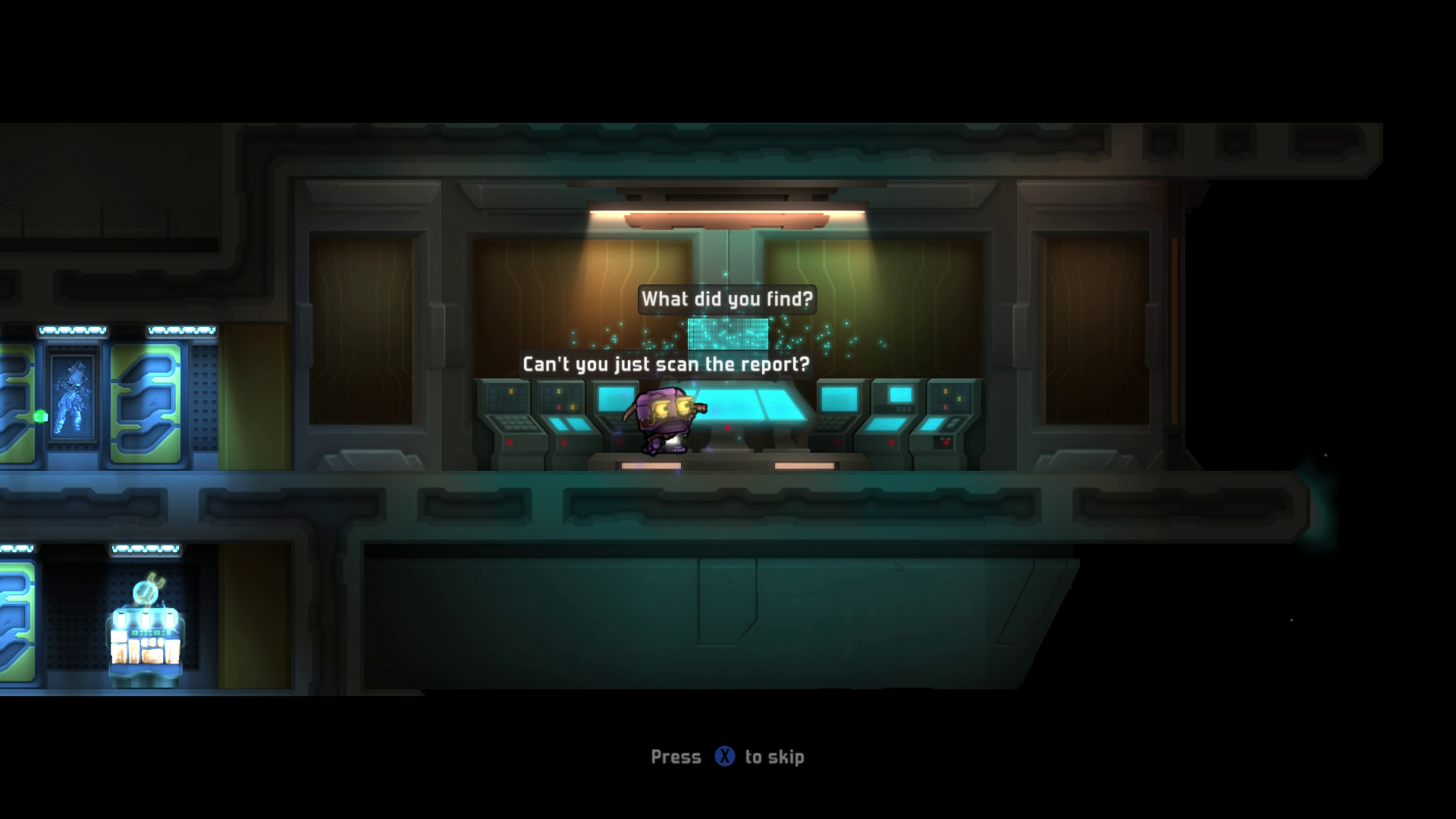
Cobalt comes from Oxeye Game Studios, an indie outfit co-created by Jens Bergensten of Minecraft fame. Cobalt has previously been available in beta on PC, and is now available in full on Steam, Xbox One and Xbox 360, published by Mojang.
For me, Cobalt's trailers evoked memories of classic side-scrolling shooters like the explosive GunStar Heroes on the Sega Genesis, throwing in a hint of SNES Super Metroid-style platforming and exploration for good measure. I discovered the best of both worlds in Cobalt, but it often felt like the game's better aspects battle with each other rather than coexist.
Disclosure: This review was conducted on Xbox One using a copy provided by Microsoft.
Cutesy robo-apocalypse
Story, Setting, and Design
Cobalt was created by a comparatively small team, and it really shows in the game's 2D visuals. Cobalt isn't Ori and the Blind Forest's stunning hand-drawn vistas or Limbo's atmospheric minimalism, but there's plenty of imagination, variety and style — despite its dated appearance. Some dynamic shadows here or some detailed backdrops there could've elevated the game a little, but I think the visuals are a result of the game's small-project status, rather than neglect. As mentioned, Cobalt features plenty of diversity, and the art direction delivers in other ways.
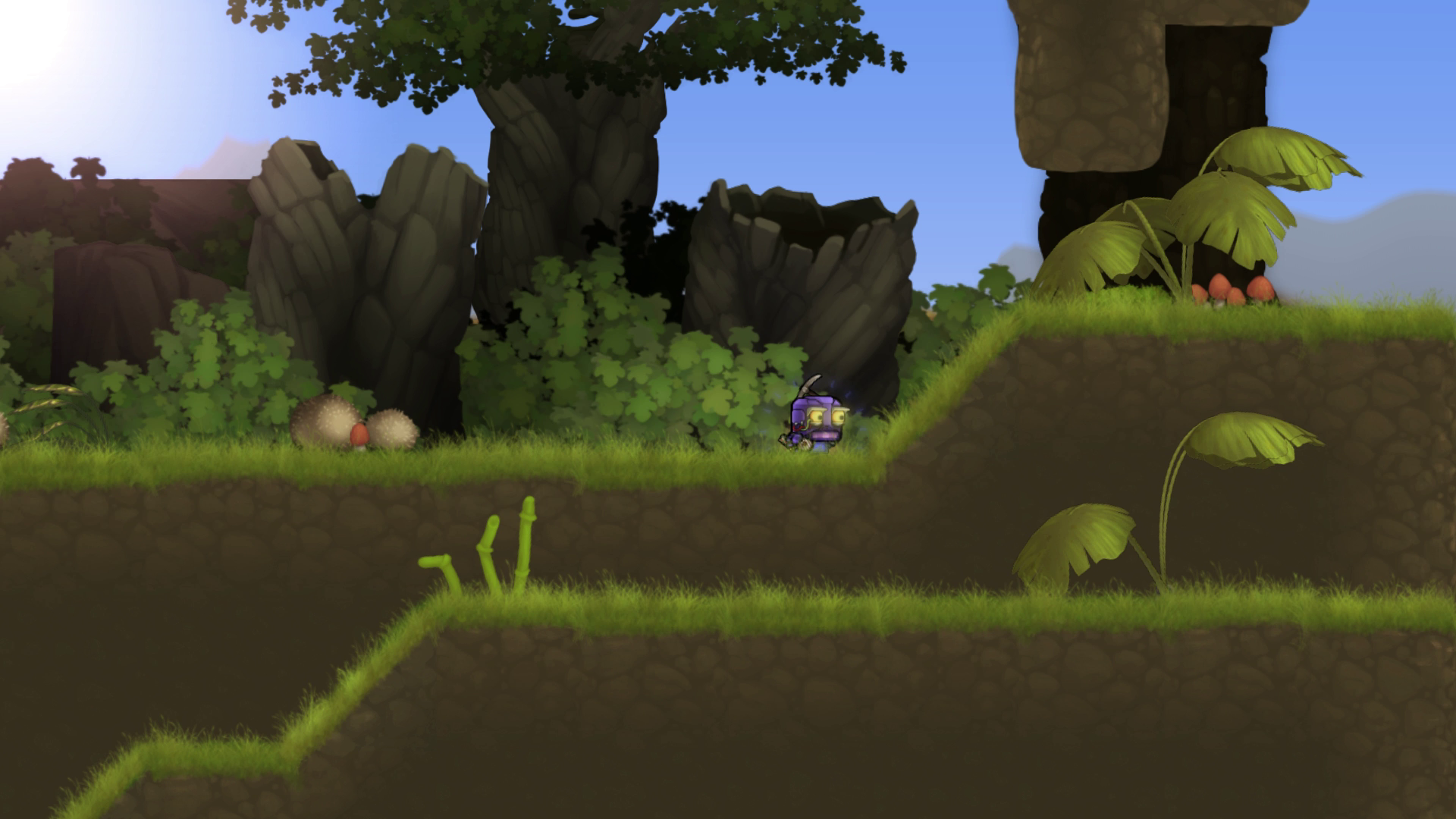
Cobalt isn't Ori and the Blind Forest's stunning hand-drawn vistas or Limbo's atmospheric minimalism, but there's plenty of imagination, variety and style.
The eponymous Cobalt is a robot, sent from Earth to investigate a human colony gone missing. Cobalt, and the game's various other creatures and robots are well detailed, often both inside and out. Especially when it comes to robotic enemies, damaging them in combat removes layers of metal and circuits, reducing them to fragments to be blown around by the game's crazy physics. The sound treatment is enchanting as well, chirping and popping through various electro-retro genres. The visuals might not meet a triple-A funded title head-on, but the way the game is designed compliments its combat well, giving weapons an impactful edge as you reduce the game's varied enemies into scrap.
Not every character you'll encounter is an enemy, though. On Cobalt's quest to unravel the mystery of humanity's missing colony, you'll barter with local aliens, tame wild creatures and parlay with vagrant factions. As you progress, the story presents itself via cut-scenes, conversational exchanges and humorous log file recaps back on Cobalt's space ship. There are frequent instances of dialogue choices and minor-decision making, but none of them are particularly consequential.
Get the Windows Central Newsletter
All the latest news, reviews, and guides for Windows and Xbox diehards.
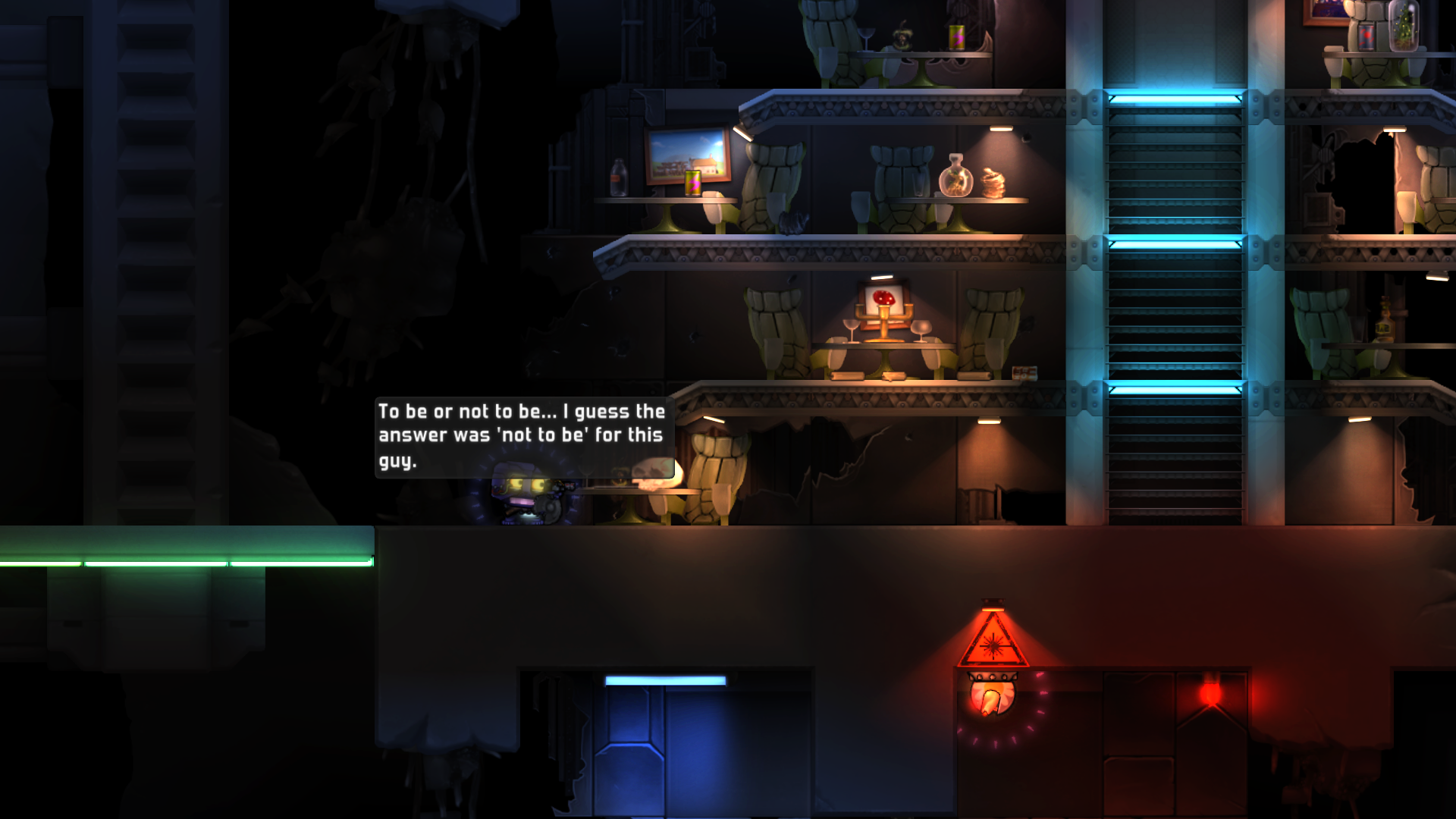
The mystery of what happened to Trunkopia's human colony is intriguing, and the game piles on further mysteries as you progress. However, sometimes Cobalt feels as though it were written by two separate teams, as the delivery can switch quite suddenly from kooky, borderline non-sensical comedy to straight-faced seriousness, as you retrace the hours leading up to the colony's disappearance. At times, I felt like the story wanted me to take it seriously, but then it threw random-for-the-sake-of-random jokes into the proceedings, which seemed to contradict the story delivery as a whole. The tonal shifting can be a tad jarring, but it's that strangeness that makes Cobalt's cutesy robo-apocalypse all the more memorable.
Cobalt's campaign is pretty beefy too, taking place across several large levels crammed with secrets, alternative routes and hidden paths, perhaps a little too hidden so at times. More than once, I found myself with no idea where to go or what to do, making exploration a necessity. As interesting as Cobalt's plot is, the game's story plays second fiddle to Cobalt's unique, and potentially polarizing gameplay.
Metal mayhem
Gameplay
When it comes to Cobalt's combat, you have to envision a strange, potentially toxic mixture of Sonic the Hedgehog and Max Payne. It shouldn't work, but somehow, it does.
Far from your typical side scrolling shooter, Cobalt enlists wild physics, slow motion and auto aim to allow practiced players to perform satisfying combat gymnastics. In practice, though, I found the fun was spoiled far too frequently by opposing design choices.
Cobalt's signature dodge roll, performed by pulling the left trigger can be used in a number of ways. First and foremost, it allows Cobalt to parry certain projectiles, and when timed properly those dodge rolls can return bullet fire back at the offending enemy to devastating effect. At first glance, Cobalt's combat can feel chaotic and unpolished, but over time and with practice, you can combine some of the game's seemingly unrelated elements to pull off incredible acrobatic combat stunts that would give Neo pause.
Rolling not only deflects projectiles, but it also engages auto-aim. The auto-aim can also be triggered by sliding across flat surfaces and holding up on the joystick, enabling you to lay waste to several enemies while performing rapid, mid-air vaults. Cobalt's various moves allow him to travel with increasing momentum, which also enhances the momentum of bullets, melee attacks and grenade tosses. There doesn't seem to be an upper limit on Cobalt's speed potential, and when combined with pockets of slow motion and auto-aim, a skillful player can clear several enemies in a single swoop. It sounds awesome, but those moments can be incredibly hard, and often frustrating, to achieve.
You can combine some of the game's seemingly unrelated elements to pull off incredible acrobatic combat stunts that would give Neo pause.
As you progress towards the end of the story mode, Cobalt seems to lose grip on what makes the combat enjoyable. The level designs and enemy placements begin to feel a little inconsiderate and erratic, stifling your combat options and movement. As momentum becomes increasingly necessary for bringing down swarms of shielded droids, turrets and other obstacles that delight in reducing Cobalt to bits of foil, the game becomes increasingly eager to limit your options to pull off those cool, Matrix-style combat moves. The way Cobalt's check points work lends further frustration, as the game will quite happily respawn you in the middle of a dozen angry robots, poised to strip your shields and one-hit kill you.
Cobalt does give you a sizable arsenal of grenades, guns, and armor types to help you respond and react to different sorts of threats. It should be warned that you can run out of ammo, shield batteries and grenades rapidly, resulting in situations where you have to backtrack to your ship and grind some of the campaign's extra-curricular challenges for currency to spend at vendors. Those vendors have a finite supply of resources as well, so it's entirely conceivable that inconsiderate ammo and shield expenditure could land you in a situation where you can't progress, simply because you've run out of vital consumables.
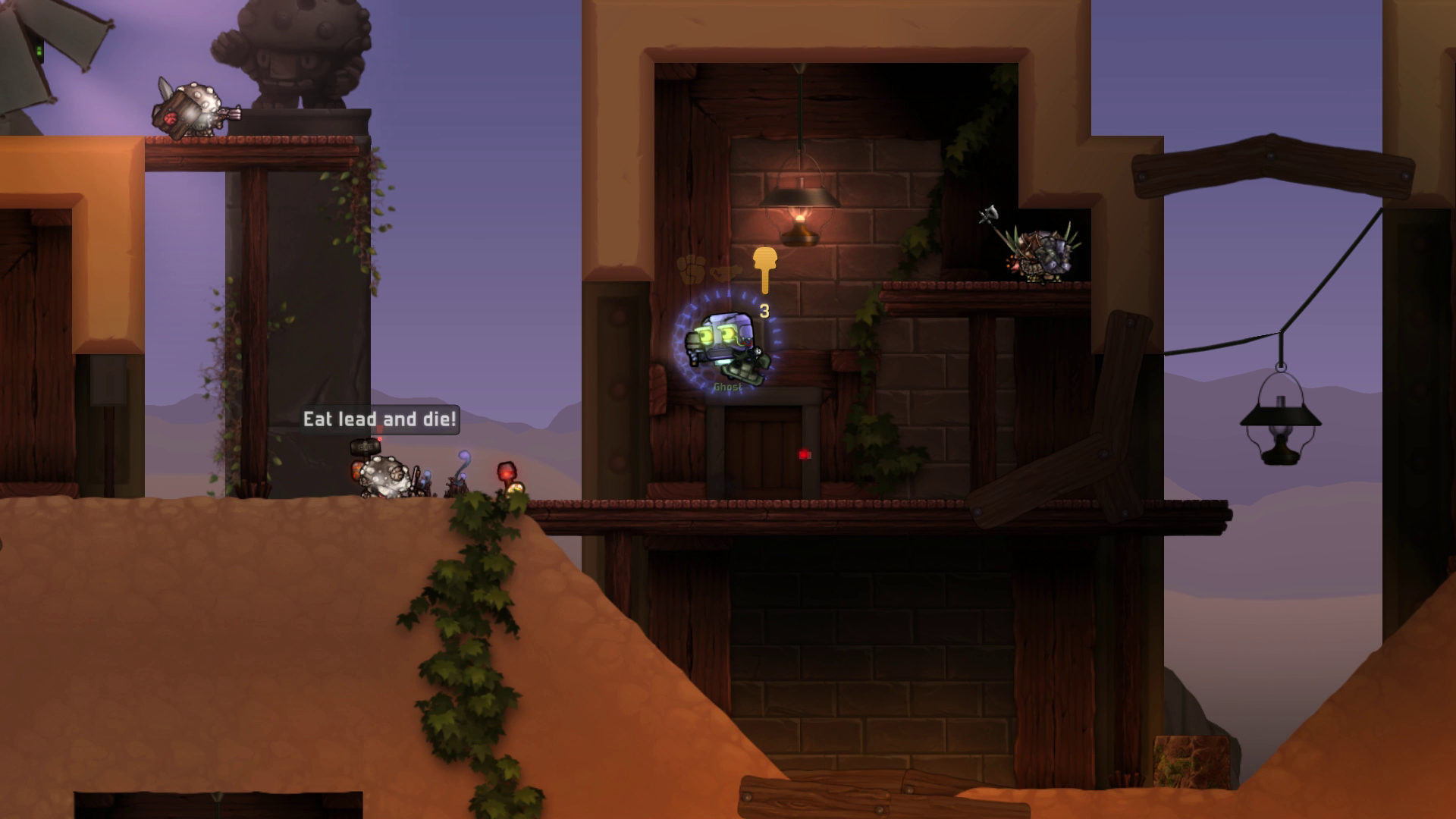
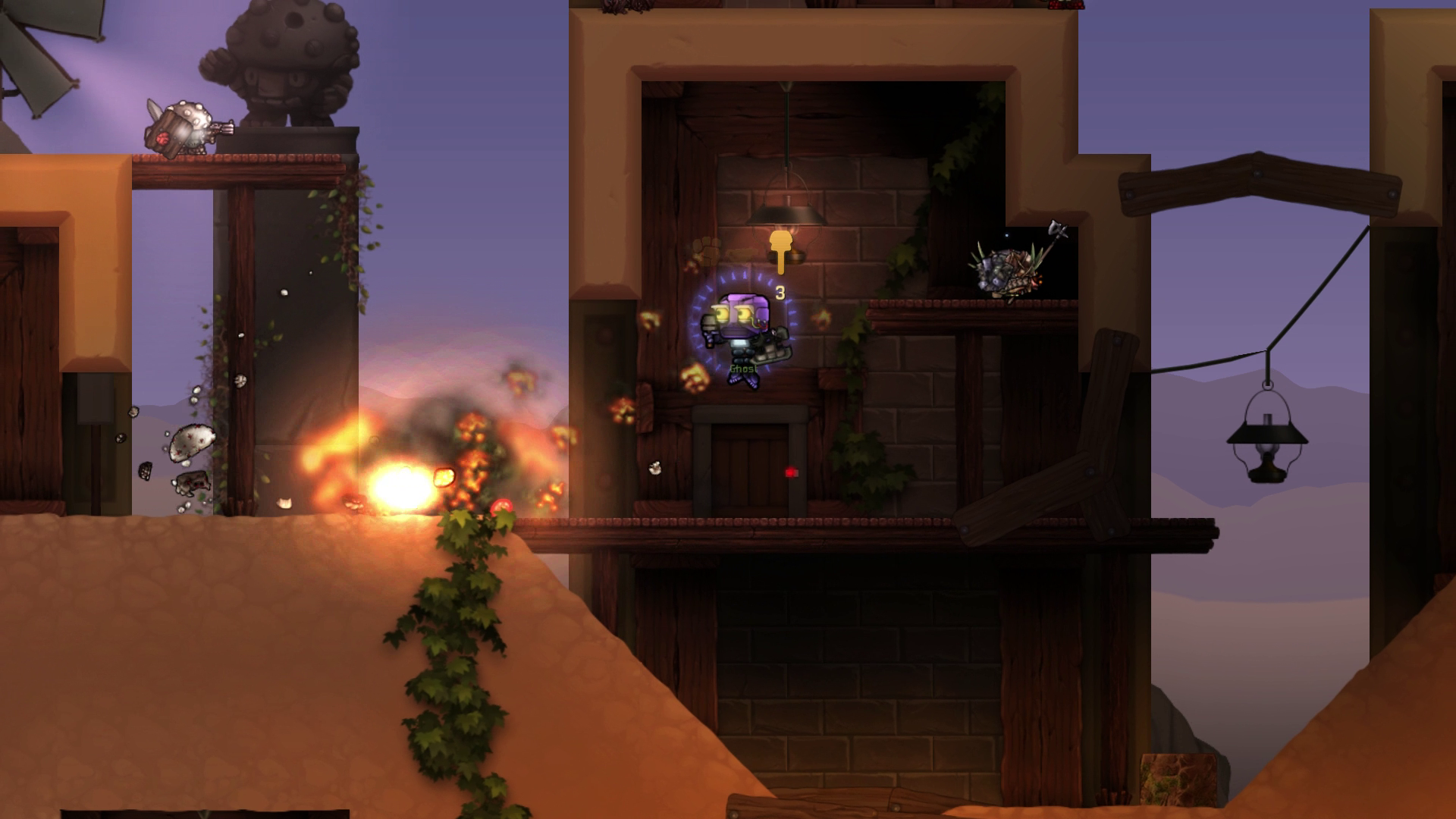
Certain types of armor will enhance the slow motion triggering, give Cobalt additional resistances or even enhance the game's rudimentary stealth mechanics. Cobalt can sneak up on an unsuspecting enemy and gain damage bonuses for attacking from behind. It's rarely a good idea to waddle in too close to a group of enemies, though, and despite Cobalt's loading screen tips asserting you should develop a unique play style, I haven't found that to be much of an option. You often have to approach Cobalt's combat situations with nothing short of total precision to defeat the cacophony of deadly variables the game throws at you — that's not necessarily a bad thing by any means.
When you combine Cobalt's dizzying array of equipment, features, and physics, you can turn the game against itself. As complicated and random as the combat can be, when you get familiar with what every weapon type and damage type does, you can beat difficult segments using creativity rather than twitch skills. I recall one instance where I had to traverse a small room populated by a dozen angry robots. With only one shield battery remaining, and without grenades or room to maneuver, I ended up abusing the game's A.I to corral the robots into a position where I could crush them with an elevator — awesome.
Overcoming Cobalt's chaotic combat sequences can indeed be an incredibly satisfying experience — when it works.
Overcoming Cobalt's chaotic combat sequences can indeed be an incredibly satisfying experience — when it works. Slow motion triggers when a grenade or bullet strays close to Cobalt, but in practice, I find that its activation is incredibly unreliable. If slow-motion has specific requirements or limitations, I couldn't find any specifics, meaning that it was often better to just avoid attacks entirely rather than attempt to pull off any cool moves with Cobalt's bullet reflection. This unreliability extends to Cobalt's auto-aim, which I find struggles to find the mark on smaller objects even when standing still. The inconsistency damages what can be an otherwise gratifying experience.
If you enjoy challenging games that ask you to develop reflexes, deploy creativity, with a hint of physics-based anarchy, then I think you'll find yourself at home in Cobalt. Beyond help pages that explain some of the game's finer nuances and a thin tutorial gantlet, Cobalt has an 'old school' aversion to hand-holding. I do feel that Cobalt's tutorial should give players the opportunity to learn and practice the game's core mechanics in greater detail before throwing them in at the deep end. There isn't always be the option to use brute force, or the abuse of the game's A.I. and mechanics to progress, and in the earlier, easier stages of Cobalt's campaign, I think many will develop the wrong impression of how to approach combat as a result.
When you do get to grips with Cobalt's erratic combat, the different types of damage, weapons, equipment and various other layers it asks you to sift through; there's a unique and potentially rewarding experience to discover beneath it all.
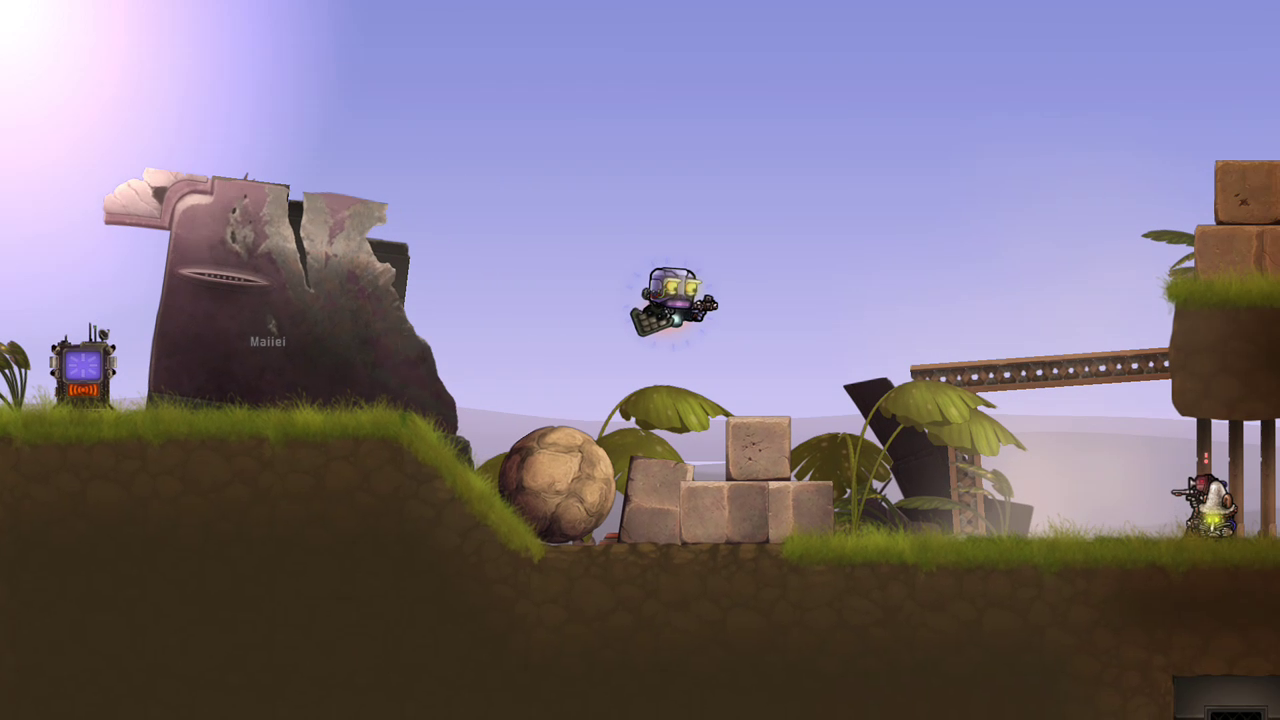
One for the patient
Conclusion
If you're willing to dig deep into Cobalt and be patient with its learning curve, you'll discover a rich side-scrolling shooter brimming with variety and content — providing you're ready to be at the mercy of the game's chaotic physics and deadly randomness.
Beyond the story mode, Cobalt also features death match modes, various challenge modes, tons of unlockables and local co-op and multiplayer. It's a shame that Oxeye weren't able to include online co-op for the campaign mode, but it's certainly not Cobalt's most pressing problem.
Although I encountered no performance issues with Cobalt, in the later stages of the game's story mode my save seemed to become corrupted, causing the game to crash at occasional intervals. Eventually, it began crashing as soon as I loaded my save, stopping me from being able to progress entirely until I started over with a new save slot. I tried both reinstalling the game, and hard resetting my Xbox One, to no avail. There's a similar bug with Cobalt's online matchmaking for some of its competitive modes, which also causes the game to shutdown entirely.
Oxeye are working on a patch to fix some of these problems, but the bugs are something you should be aware of if you're planning to purchase.
Pros:
- Frantic combat that rewards skill, practice and planning
- A wealth of content at a low price
- Great for couch co-op aficionados
Cons:
- Sheer number of deadly variables can be overwhelming
- Combat mechanics can feel inconsistent and unreliable
- Appears to have a game breaking bug that can kill story progression
The sheer number of features and mechanics that appear in Cobalt can give the impression of haphazard design that lacks focus. While I think some aspects of the game could be refined, it's the diverse blend of features that make Cobalt stand out in a busy crowd. Those who welcome demanding, reactive and deep gameplay will find a lot to love about the Cobalt. It harshly punishes the impatient, but it'll reward those who take the time to master it.

Jez Corden is the Executive Editor at Windows Central, focusing primarily on all things Xbox and gaming. Jez is known for breaking exclusive news and analysis as relates to the Microsoft ecosystem while being powered by tea. Follow on Twitter (X) and Threads, and listen to his XB2 Podcast, all about, you guessed it, Xbox!
